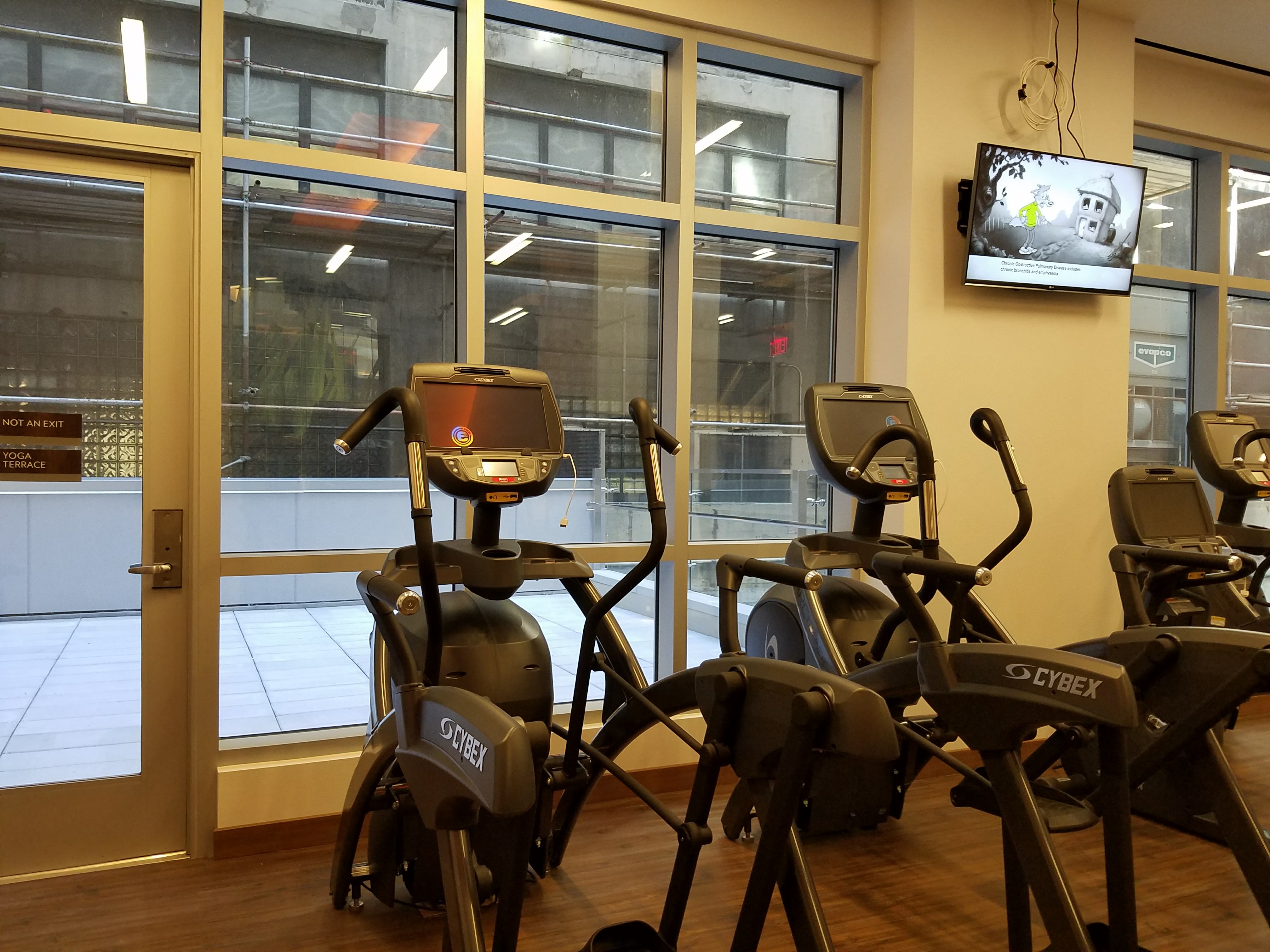These days, hospitality and wellness go hand-in-hand, with brands around the world launching new initiatives to incorporate health into the guest experience.
In January, Hyatt Hotels acquired the Miraval Group, which focuses on wellness resort destinations and spas, adding several health-conscious properties into its portfolio. “Hyatt made a very smart move at a time when the hospitality industry has been largely distracted by the mergers of Marriott and Starwood and AccorHotels and FRHI over the last year,” Mia Kyricos, president and CEO of Kyricos & Associates, an advisor to hospitality and wellness brands, said about the deal. “By acquiring Miraval, Hyatt has not only signaled an understanding of the growing base of health-conscious travelers out there, but it took a very timely step toward further distinguishing itself as ‘special’ among its ‘big box’ competition.”
The deal, Kyricos said, validates the role of wellness in hospitality. “We’ve known for quite some time that wellness tourism, now nearly a $600-billion marketplace, has been growing twice as fast as global tourism, but an investment of this size tells the world it’s real.”
The Value of Wellness
At around the same time as the Hyatt/Miraval deal was signed, Marriott International’s Westin brand announced a new $30-million wellness-focused campaign. “Let’s Rise” will promote the “pursuit of empowerment, the potential of the morning, and will be a call to action,” Brian Povinelli, global brand leader of Westin Hotels & Resorts, said at the time.
“Our target audience is more a psychographic than a demographic,” Povinelli said. “We see the millennial mindset of spending on experiences extending beyond the millennial age-range, as our guests are increasingly requesting experiences that allow them to experience a destination through wellness.”
A Brand Built for Wellness
InterContinental Hotels Group announced a wellness-focused brand in 2012, and opened the first Even Hotel in June of 2014. These hotels are built from the ground up to emphasize wellness, rather than incorporating elements after the bones are in place. “There are a lot of hotel companies that are trying to do wellness, but not really hitting the mark,” said Lance Steinberg, co-owner of two Even Hotels in New York City. “It’s not just a trend in hospitality. It’s a trend everywhere.”
Steinberg cited branded gyms around the world as evidence of the need for wellness options. Some gyms cover thousands of square feet and are always crowded, he said. “It’s a wellness culture. It’s not all of a sudden hitting hospitality—hospitality is just realizing that this is the way of the world. They’re catching up.”

On East 44th Street, New York City's newest Even hotel—which opened in November 2016—has a “green wall” with living plants in the entryway, and a full-sized gym just off of the dining area on the second floor. The gym leads out to a large patio that is available for yoga classes—the patio faces away from the street, giving the students a measure of privacy.
“In New York, giving up space for these elements is expensive,” Steinberg said. “Every square foot here is worth a lot of dollars.” With a limited footprint, the development team opted to sacrifice room numbers to provide guestrooms that are large enough for guests to exercise in. “We took away rooms and created a better guest experience,” Steinberg said. The decisions were not easy, however, and he acknowledged that the team wondered if they would see sufficient return on investment to make the product cost-effective. “I think the answer’s yes.”
What’s Next?
But how should they develop those programs? “Brands need to evaluate the entire guest experience via a health-conscious lens,” Kyricos said. “Wellness is not just about the spa or fitness center anymore, but instead about how a traveler’s personal well-being is impacted throughout a stay. As a result, everything from food to mood, sleep to movement, should be considered.”
“Brands can make themselves more attractive to today’s travelers by offering a wide variety of wellness amenities,” Povinelli said. “I think we will see wellness continue to permeate people’s lifestyles in a holistic and meaningful way, which also means brands will have to continue to evolve quickly.”
To that end, Povinelli recommends that hotels offer opportunities for group workouts and healthy food options. “Mindfulness will continue to be elevated as a key part of well-being," he said. "Design and operations will need to be more innovative in how they seamlessly blend wellness into the overall experience versus keeping moments for wellness very separate. For instance, how can you design a meeting space to better support mindfulness or accommodate group fitness activities?”
